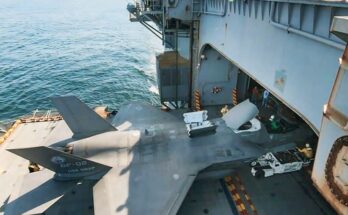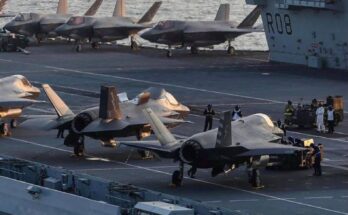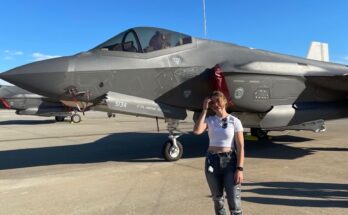
The Dassault Rafale is one of the most versatile and advanced multirole fighter aircraft in service today. Designed and built in France by Dassault Aviation, it represents the country’s commitment to maintaining an independent aerospace industry and a strong defense capability. Since its introduction in the early 2000s, the Rafale has proven itself in combat, gained international customers, and established a reputation as a reliable and powerful fighter jet.
The program began in the 1980s when France decided not to participate in a joint European fighter project that eventually became the Eurofighter Typhoon. Instead, the French government tasked Dassault Aviation with creating an aircraft tailored to its own requirements. The result was the Rafale, meaning “gust of wind” in French, which was designed from the start to serve multiple roles. Unlike many fighters that specialize in either air superiority or ground attack, the Rafale was built to excel in both, making it a true multirole aircraft.
The Rafale’s design reflects this versatility. Its delta wing combined with forward canards provides high maneuverability and stability at different speeds and altitudes. The aircraft is powered by two Snecma M88 turbofan engines, which give it a top speed of around Mach 1.8 and a combat radius exceeding 1,000 kilometers. Advanced fly-by-wire controls and digital avionics make the Rafale highly responsive and adaptable to diverse missions, from dogfights to precision strikes.
One of the Rafale’s most notable strengths is its wide range of weapon compatibility. It can carry air-to-air missiles like the Meteor and MICA, precision-guided bombs, cruise missiles such as the SCALP-EG, and even nuclear-capable weapons. This flexibility allows it to perform air defense, ground attack, reconnaissance, and even nuclear deterrence missions for the French Air Force and Navy. Its naval variant, the Rafale M, is specially modified to operate from aircraft carriers, giving France an independent carrier strike capability.
Combat experience has played a major role in shaping the Rafale’s reputation. French forces have deployed it in Afghanistan, Libya, Mali, Iraq, and Syria. In each case, the Rafale has demonstrated reliability, accuracy, and adaptability. For instance, during NATO’s intervention in Libya in 2011, Rafales flew some of the earliest missions, destroying radar systems and neutralizing enemy defenses with precision strikes.
Export success came later, as France initially struggled to find buyers. However, once countries like Egypt, Qatar, and India placed large orders, the Rafale’s international profile grew significantly. India, in particular, has integrated the Rafale into its air force to modernize its fleet and strengthen its capabilities in the face of regional challenges.
Today, the Rafale remains at the core of France’s air power and continues to attract interest worldwide. Its combination of agility, advanced technology, and combat record ensures that it will stay relevant for years to come. While newer aircraft such as the U.S. F-35 dominate headlines, the Rafale stands as proof that a well-designed multirole fighter can meet a wide range of operational demands with confidence.
In short, the Dassault Rafale is not just a fighter jet—it is a symbol of France’s strategic independence and a benchmark for what a modern multirole aircraft should be.


